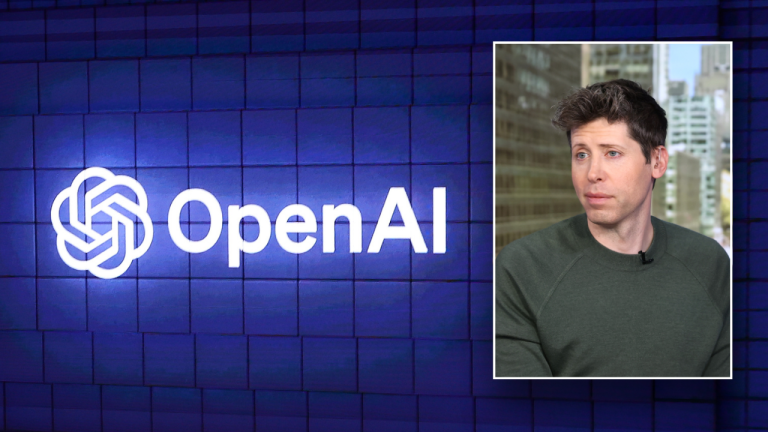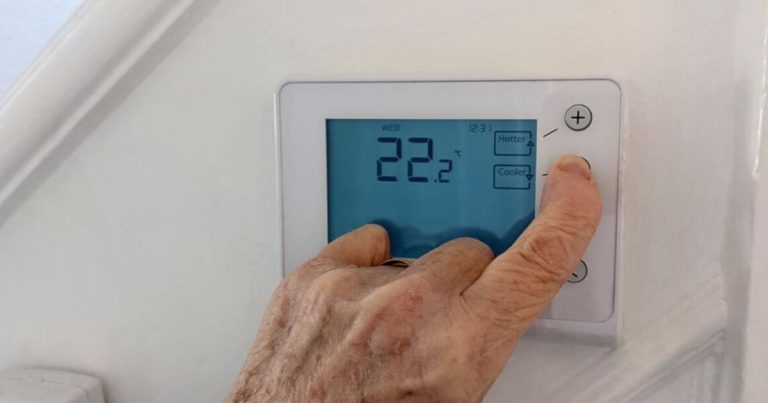
Even though Base is seeing growth in its daily active addresses and transactions, the network’s figures are still substantially smaller than Solana’s.

The rise in Base’s onchain activity, in part, stems from Virtuals protocol, which enables to creation of AI agents.
(Shutterstock)
Posted January 2, 2025 at 5:02 pm EST.
Base – the L2 network incubated by dominant U.S. crypto exchange Coinbase – started the new year achieving new milestones in onchain activity, strengthening its competition with Solana.
The number of daily active addresses on Base climbed from under 70,000 in January 2024 to a new all-time high of three million on Wednesday, while the network’s daily transactions reached 13.4 million, representing a roughly 3,521% increase in the past year from under 375,000 transactions, data from blockchain analytics firm Artemis shows.
Part of Base’s increased onchain activity stems from the popularity of tokens related to artificial intelligence agents stemming from Virtuals, a protocol that enables users to create AI agents and roll out a corresponding cryptocurrency.
AI agents refer to artificial intelligence systems that can operate semi-autonomously to perform various tasks such as digesting online information, posting on social media and even trading crypto.
The protocol’s native token VIRTUAL and AIXBT, the cryptocurrency associated with the largest AI agent from Virtuals by market cap, are among the most traded coins on Aerodrome, a widely used decentralized exchange native to Base. On Thursday, VIRTUAL climbed to an all-time high in price at $5.07, for a market cap of $5 billion, and on Wednesday, AIXBT reached its record mark, crossing a market cap of more than $650 million, per CoinGecko.
Read More: GOAT, How AI Agents Talking Turned Into a $268 Million Memecoin ‘Religion’
The price increases of VIRTUAL and AIXBT coincide with substantial interest in the intersection of artificial intelligence and blockchain technology. According to AI startup Kaito, artificial intelligence makes up more than 57% of the crypto users’ total mindshare.
Even though Base is seeing its address and transaction count grow, its figures are still comparatively less than Solana’s activity metrics. As of Wednesday, Solana’s daily active address stands above five million, 70% more than Base’s three million, while Solana’s daily transaction count was 56.8 million, more than quadruple Base’s figures for the same day, per Artemis.

Network Leaders Stirring Controversy
On New Year’s Day, Base creator Jesse Pollak asked on X (formerly Twitter), “If you were me, how would you onboard @solana traders to making their first money on @base?” His inquiry on how to help Solana users transition to Base sparked strong criticism, highlighting a tension between those in the Base and Solana ecosystems.
Chase Barker, who was head of developer ecosystem for the Solana Foundation until December, said on X, “There’s a reason Base is literally begging for Solana users. They are a corporate bank with no soul, pulling out every trick in the corporate playbook.”
Kevin Sekniqi, the co-founder of Ava Labs, argued that Coinbase shouldn’t focus on trying to take users away from Solana, but instead focus on expanding the industry overall.
Pollak’s inquiry about onboarding Solana traders to Base comes roughly a week after Solana Foundation president Lily Liu said on the Unchained podcast that Base cannot compete with Solana in the long term, sparking a firestorm on X.
Read More: Are L2s ‘Parasitic’? Analysis Shows Ethereum Only Gets a Tiny Percentage of Fees
Liu argued that L2 networks, namely ones created by corporations such as Coinbase, are “far worse” than being parasitic to the Ethereum parent chain. “It’s cannibalistic,” said Liu, saying she believes L2s siphon value from Ethereum’s base layer since assets are bridged onto corporate L2 chains, such as Base.
Her comments generated strong pushback from multiple Ethereum community members, such as Luke Youngblood of Moonwell, who said, “she is also conveniently ignoring some key factors that make Ethereum more likely to succeed than Solana.”







